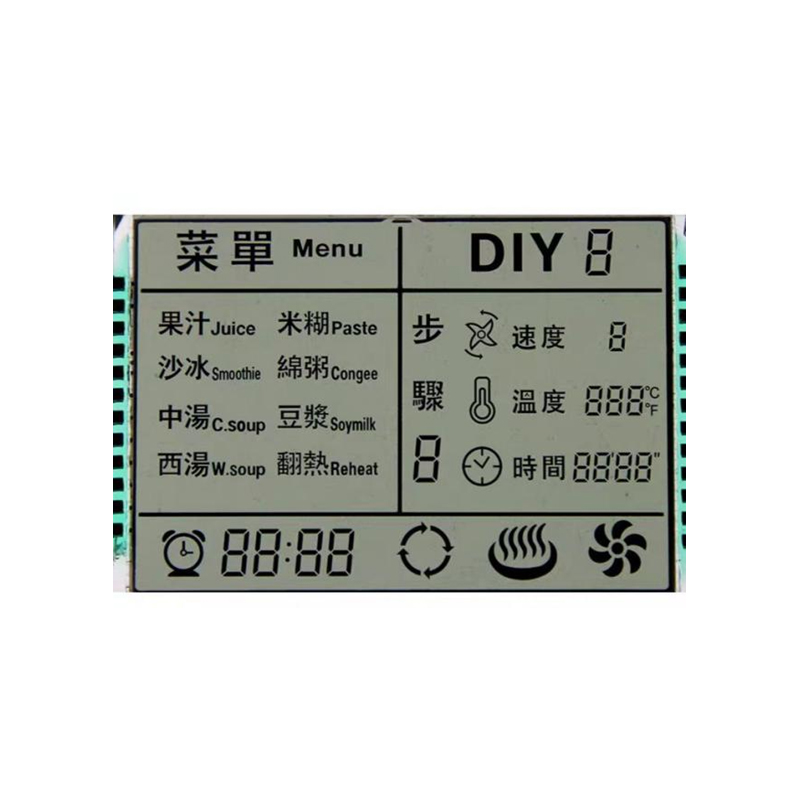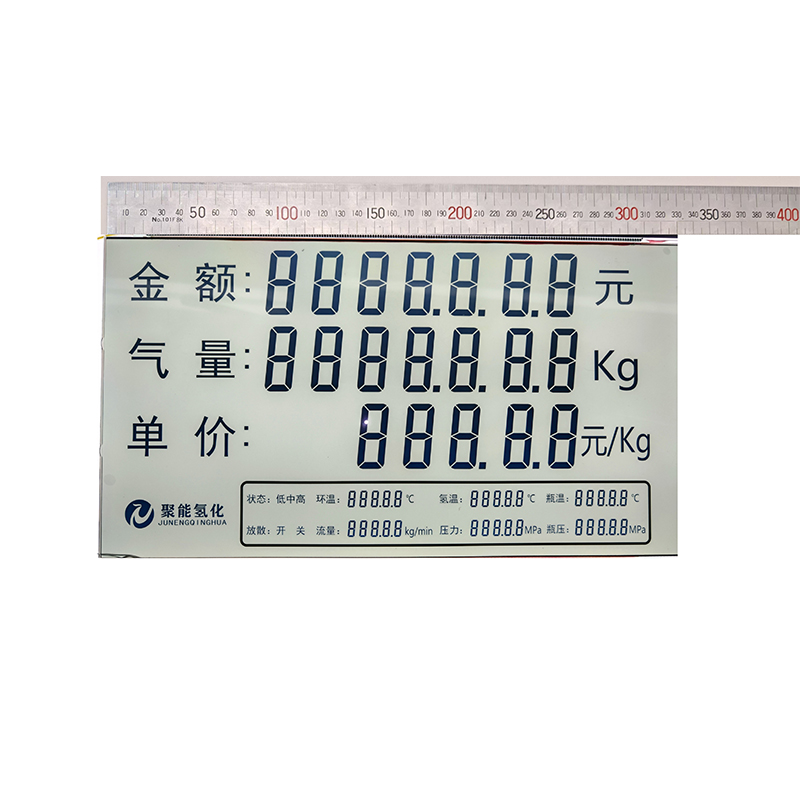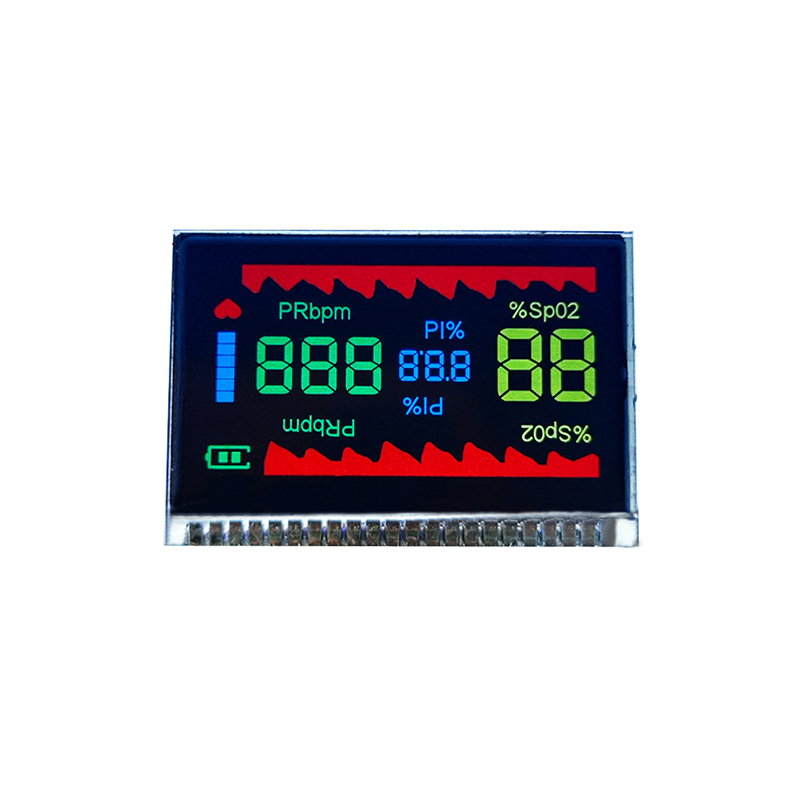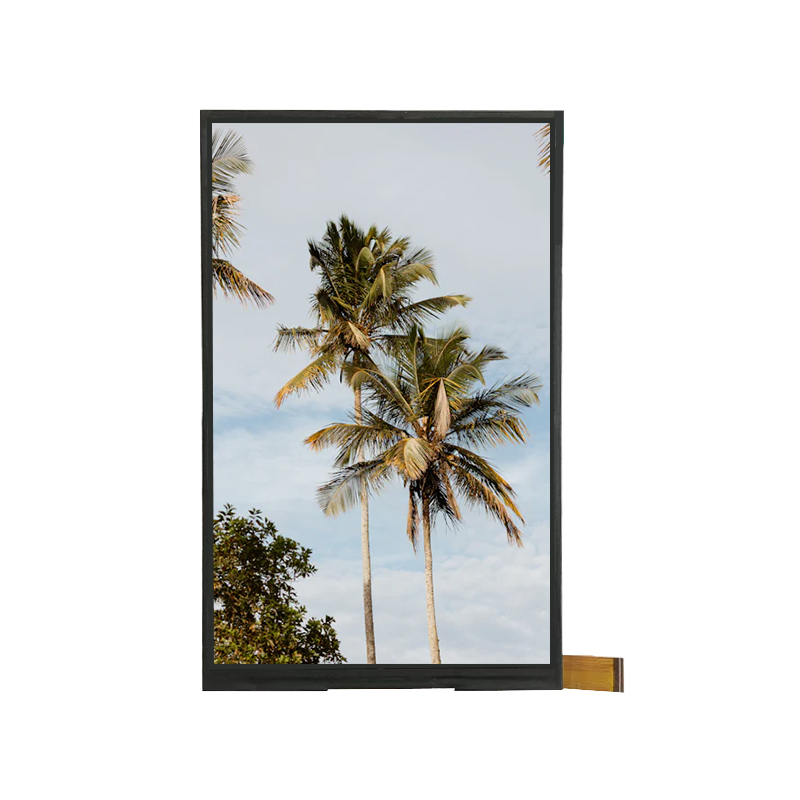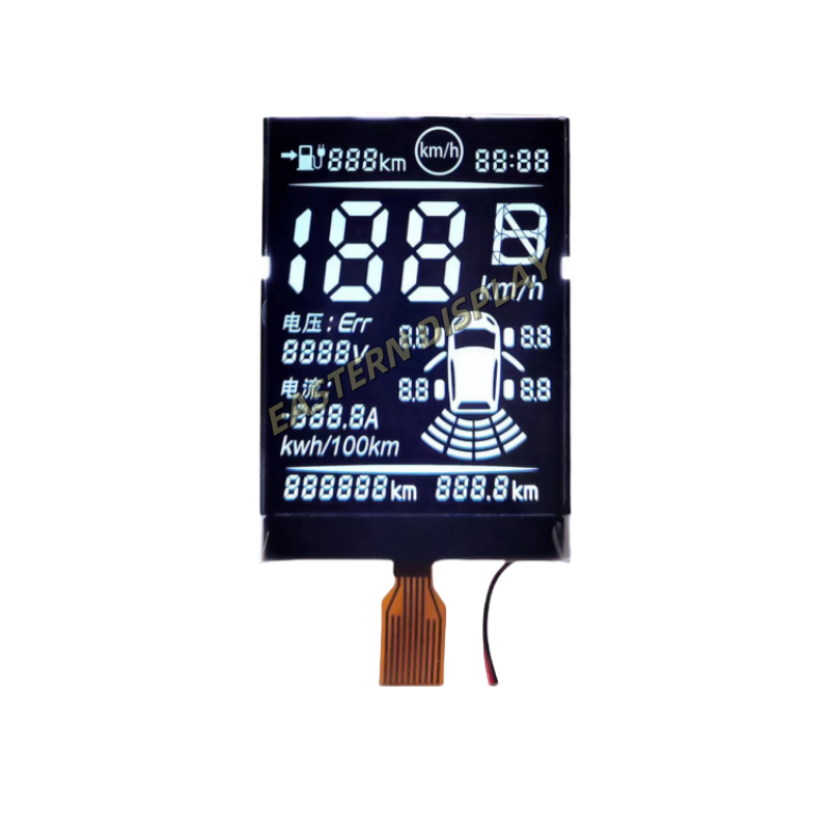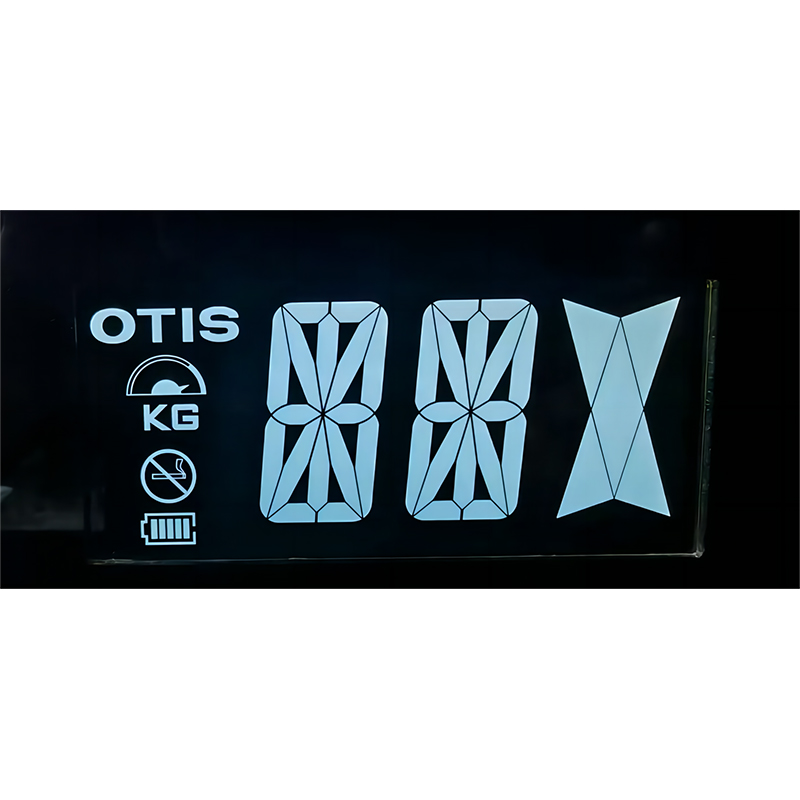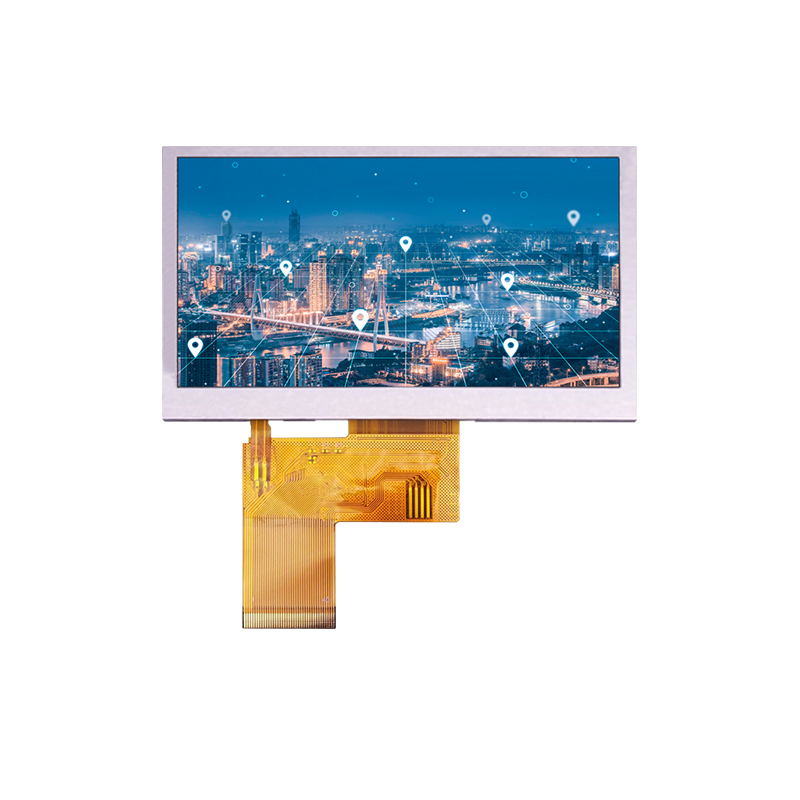
This guide provides a detailed overview of Nokia TFT displays, exploring their specifications, applications, advantages, and disadvantages. We delve into the technology behind these displays, examining their key features and comparing them to other display technologies. Learn how to choose the right Nokia TFT display for your needs and discover where to find reliable sources for purchasing these displays.
Thin-film transistor (TFT) displays are a type of liquid crystal display (LCD) that utilizes a thin-film transistor at each pixel to control its voltage. This allows for better image quality and faster response times compared to earlier LCD technologies. Nokia TFT displays, manufactured by various companies under license or using Nokia's legacy technology, are known for their reliability and specific applications, often found in older mobile phones and specialized industrial equipment. While Nokia no longer directly produces consumer-facing displays, understanding their legacy and the technology behind them is crucial for those working with older devices or seeking specific display characteristics.
The term Nokia TFT display encompasses a broad range of displays. Variations exist based on several key factors:
Nokia TFT displays came in various sizes, from small displays used in feature phones to larger displays in some early smartphones. Resolution also varied significantly depending on the device and its intended use. Finding specifications for specific older models may require extensive online research.
The color depth (number of bits per pixel) and contrast ratio directly impact the image quality. Older Nokia TFT displays often had lower color depth and contrast ratios compared to modern displays. High-quality displays, however, often offered exceptional clarity for their time.
The type of backlight used significantly influenced the display's power consumption, brightness, and color accuracy. Common backlight technologies used in Nokia TFT displays include cold cathode fluorescent lamps (CCFL) and light-emitting diodes (LEDs).
Compared to modern display technologies like AMOLED, Nokia TFT displays present certain advantages and disadvantages:
| Feature | Advantages | Disadvantages |
|---|---|---|
| Cost | Generally less expensive than newer technologies. | May be more expensive to find replacement parts for older models. |
| Power Consumption | Relatively low power consumption, particularly with LED backlights. | Can be higher than some modern technologies. |
| Viewing Angles | Acceptable viewing angles, although not as wide as some newer technologies. | Color shift can be noticeable at extreme angles. |
Finding replacement Nokia TFT displays can be challenging due to the age of the technology. Online marketplaces like eBay and specialized electronics retailers may offer some options. However, be aware that the availability of specific models may be limited. Contacting electronics repair specialists could also prove beneficial. For industrial applications, contacting manufacturers of specialized equipment using Nokia TFT displays is recommended.
Consider exploring alternative sources for similar displays, focusing on specifications rather than brand name, if direct replacement proves impossible. For new projects, modern display technologies generally offer superior performance.
For high-quality LCD and TFT display solutions, consider Dalian Eastern Display Co., Ltd. They offer a wide range of modern display options to meet various application needs.
While the era of prominent Nokia TFT displays in consumer electronics has passed, understanding their characteristics remains valuable for repair, restoration, and specialized industrial applications. By understanding the types, advantages, and disadvantages, you can make informed decisions about selecting and sourcing these displays, or choosing suitable alternatives for your needs.

